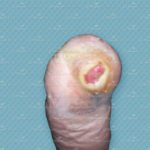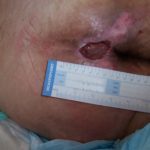The Layers of the Skin
In this week’s newsletter, we will remind ourselves about the different layers of the skin. This is a topic that many of us were taught as part of our training, but which may no longer be quite at our fingertips (so to speak). Still, it is an important subject that underlies everything we do in…


